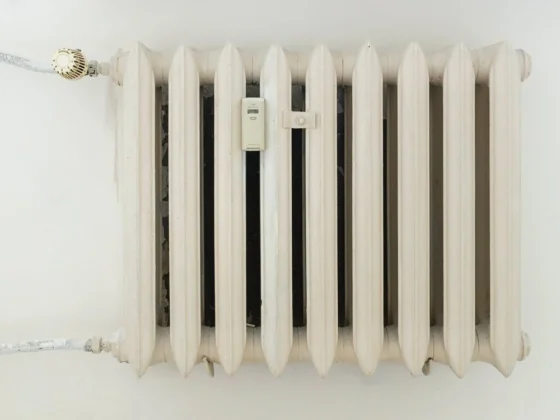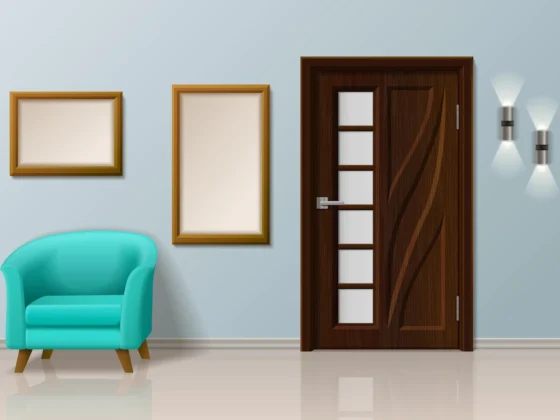Painting your house can be a daunting task, but don’t worry – we’re here to help! In this article, we’ll share with you some tips and tricks that will make the process much easier for you. From figuring out what colors to use to choosing the right paint, we’ve got you covered. So read on and get started on your next painting project!
Preparing the House for Painting
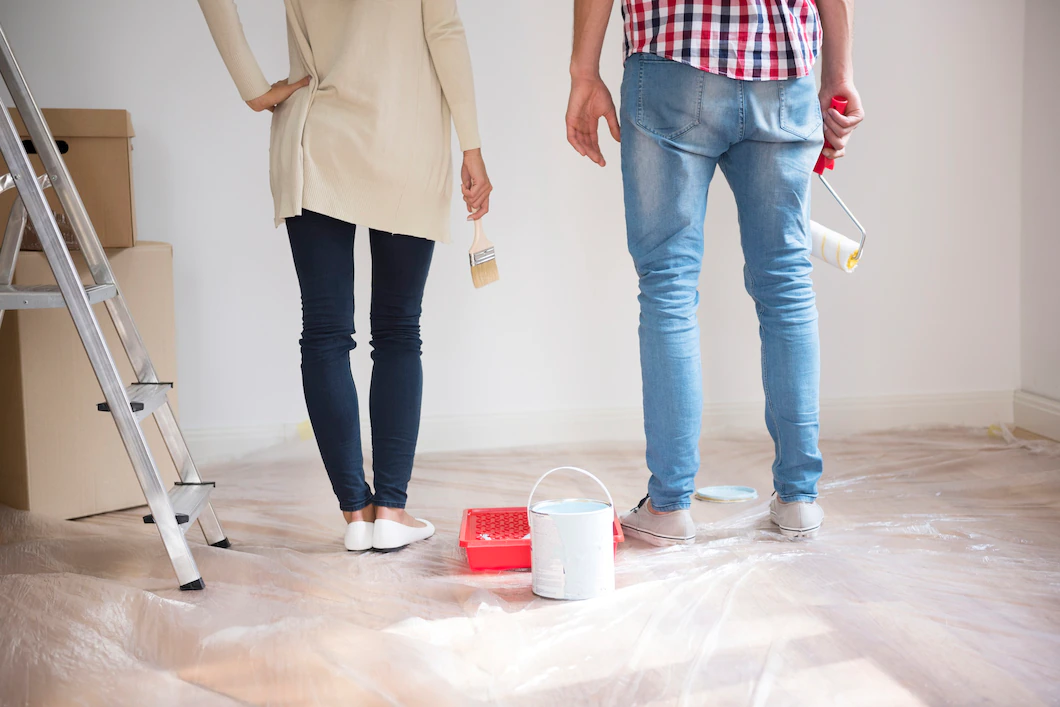
Painting your house can be a daunting task, but with some preparation and tips, the process can be much smoother. Here are a few simple tips to help you get started:
1. Make a list of all the rooms in your house that need painting and designate a lead painter for each one. This will help to ensure that the job is completed on time and without any delays.
2. Purchase the necessary supplies ahead of time, so you don’t have to waste time running around town looking for paint when the project begins. This includes gallons of paint, rolls of painter’s tape, brushes, ladders, and other painting tools.
3. Get rid of any clutter or excess furniture in areas that will be difficult to access while painting. This will make painting much easier and less frustrating.
4. Clean all exposed surfaces in the rooms that will be painted before beginning the project to avoid any potential problems later on. This includes windowsills, door frames, and ceilings.
5. Always wear proper safety equipment when painting your house, including gloves, eye protection, and a respirator if necessary. If you do get injured during the painting process, be sure to call for help.
The Different Types of Paintings
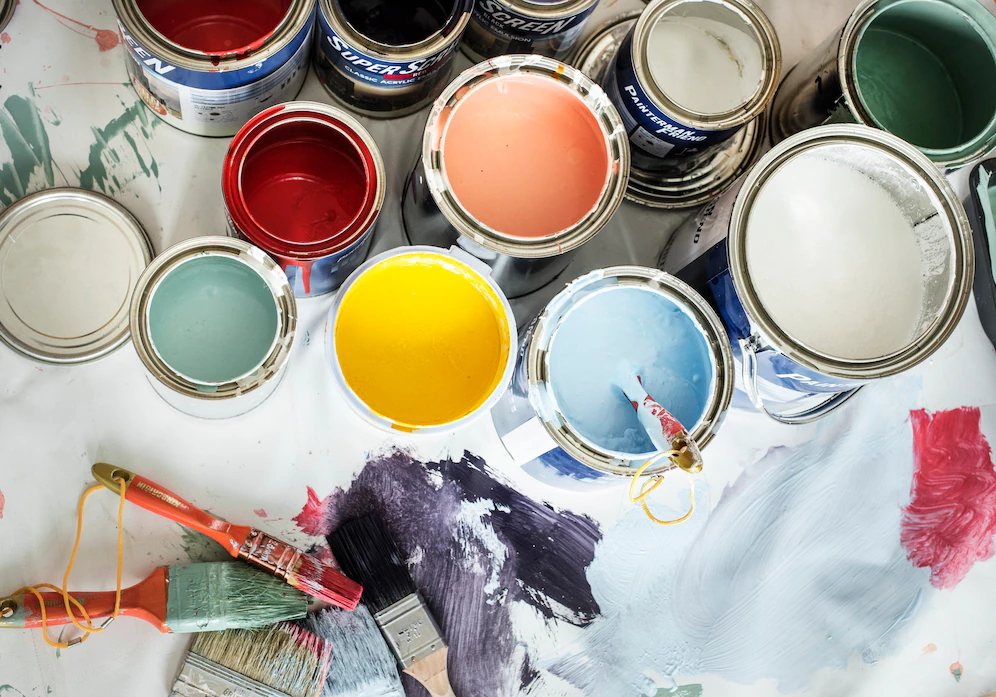
Whether you are a beginner or an experienced painter, there are many different types of paintings to choose from. Here are some tips for painting different types of objects:
1. Acrylic paintings are a great option if you want to try out painting without committing to a long-term project. They are easy to clean and portable, making them ideal for travel painting.
2. Watercolor paintings can be extremely delicate, so it is important to take care when selecting your brush size and pressure. Use light pressure when wetting the paper and then increase the pressure as the paint dries.
3. Oil paintings require a lot of prep work before you start painting, but the finished product can be very beautiful. Start by priming the surface with a primer or undercoat and then apply the paint using a thicker brush. Be sure to use a light hand when applying the paint so that the strokes look deliberate and controlled.
How to Choose the Right Paint for the Job?
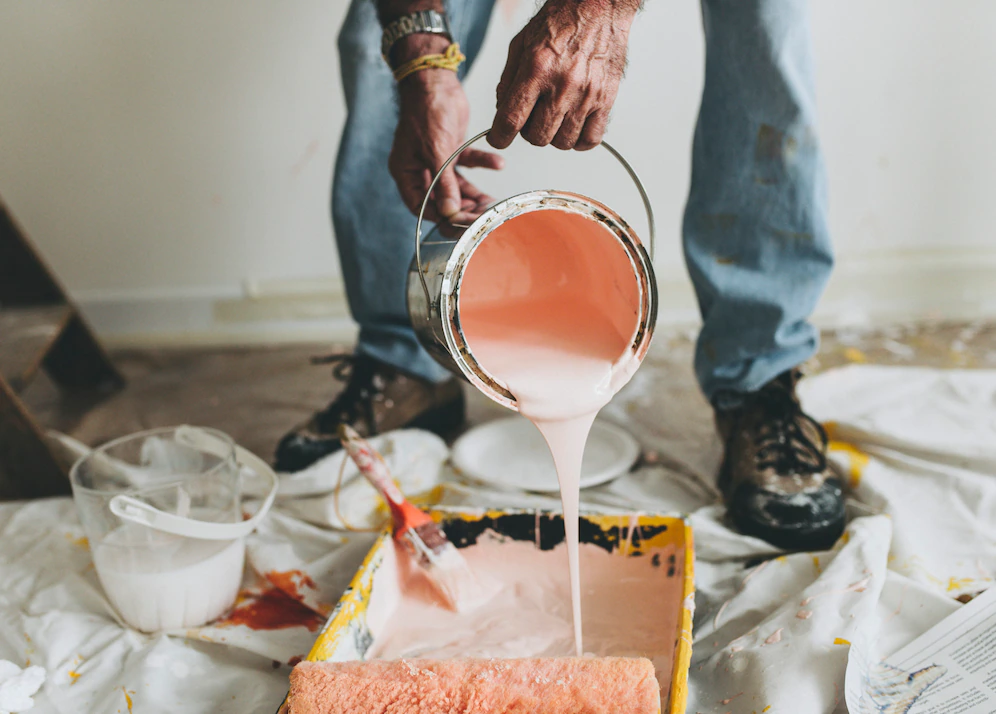
When painting a room, first consider what type of paint you need. Flat paint is a good option for most rooms, but if the walls are textured, then a varnish is necessary. If the room will be used for entertaining or as a child’s bedroom, then a semi-gloss or gloss finish is best. If the room will only be used occasionally and not often seen, then a low-paint finish may be appropriate.
Once you have chosen the paint, it’s time to decide on the finish. A semi-gloss or gloss finish is best for most rooms. A low-paint finish is good for occasional use and for rooms that will not be seen often. For hallways and other areas where people will walk through frequently, a high-paint finish is better.
Once you have chosen the paint and the finish, it’s time to choose the right type of brush. A synthetic brush is best for flat paints because it doesn’t hold bristles in place as well as natural bristles.
For low-paint finishes, use a round-ended brush because it distributes paint evenly. For high-paint finishes, use a flat-ended brush because it spreads the paint more thinly.
If you don’t know how to do it yourself, try the house painting service!
How to Apply Paint?
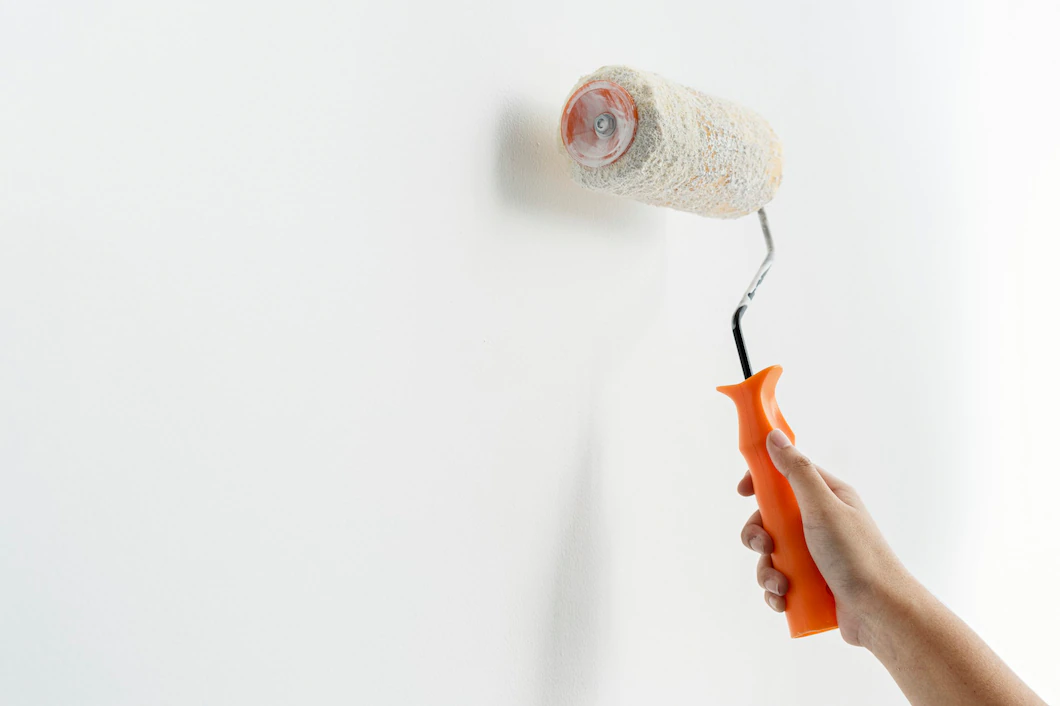
If you’re like most homeowners, you probably think of painting as an expensive and time-consuming project. But don’t worry, there are plenty of easy ways to get the job done without spending a fortune.
1. Start by measuring the area you’ll be painting and sketching out a rough outline of the border.
2. Choose the paint that best matches the colors in your home’s existing walls. You can buy a ready-made paint kit or mix your own using an inexpensive premixed paint set.
3. Apply a thin coat of paint to the outline of your wall, using a brush or roller. Allow the paint to dry completely before applying another coat.
4. Use a high-quality primer if you want to protect the surface before painting. Follow the manufacturer’s instructions to apply the primer, then finish painting with your chosen color.
Cleaning up After Painting
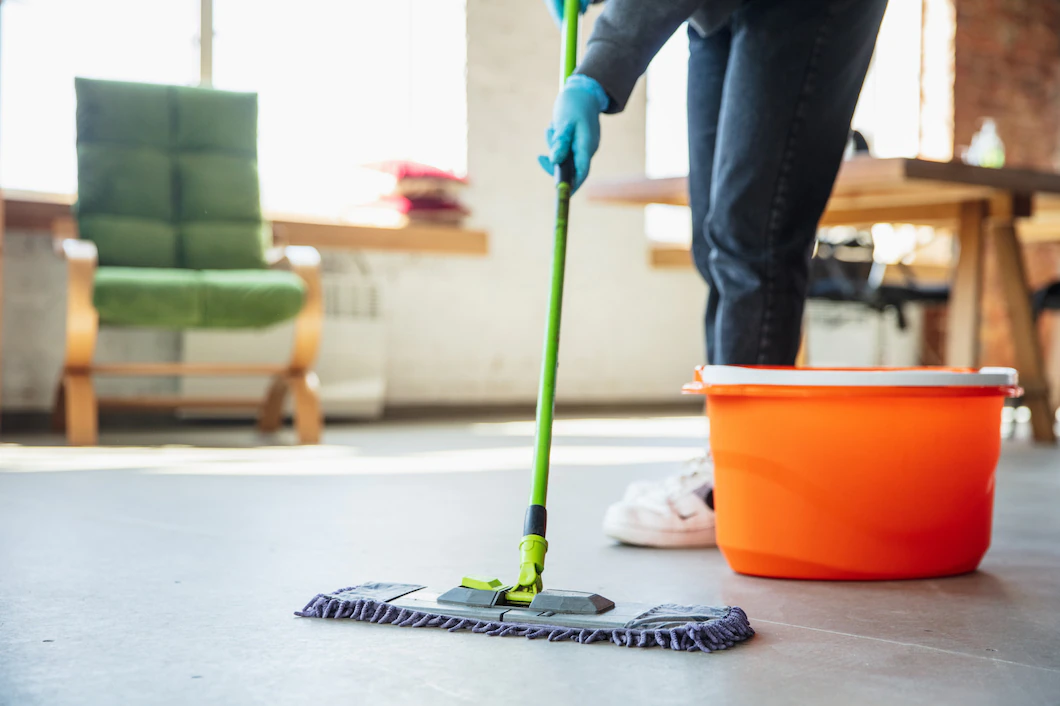
One of the biggest challenges when painting a house is cleaning up. Here are a few tips to make the process easier:
1. Designate a specific day for cleaning up – once the paint is dry, it’s time to start picking up the mess!
2. Use a painter’s tape measure to make sure all areas are covered – this will help you avoid over-painting and save time later on.
3. Use a broom and dustpan to sweep and collect any residual paint – be sure to get into all the nooks and crannies!
4. Use a vacuum cleaner to suck up any loose paint – this will help reduce the need for manual cleanup later on.
Conclusion
Paint your house the right way with these tips and tricks, and you’ll be ready to go in no time! From choosing the right colors to applying the paint, we’ve got you covered. Be sure to wear proper safety gear and cleanup will be a breeze.

